Text
Jingle Jingle ✨
It’s that time of year. For the Hmong people, this time of year is our new year. Where new beginnings will begin and the old has passed and is remembered. It’s a time to gather with family all over the place and celebrate the new and the old. When it’s that time of year, you’ll know when you hear the money and the metal clanging and jingling.
This is my performance art of the sounds that the Hmong clothes make. As this is one person, imagine a whole crowd of people and the sound they’d make as a whole.
#performanceart #hmong #hmongnewyear #sounds #jingle
0 notes
Text
Experiment #4
To shine
To stand
To lie
To outlive
To live
To remain
To disappear
To reappear
To connect
To carve
To scrape
To highlight
To free
To warm
To hope
To ignite
To burn
To break
To heal
To miss









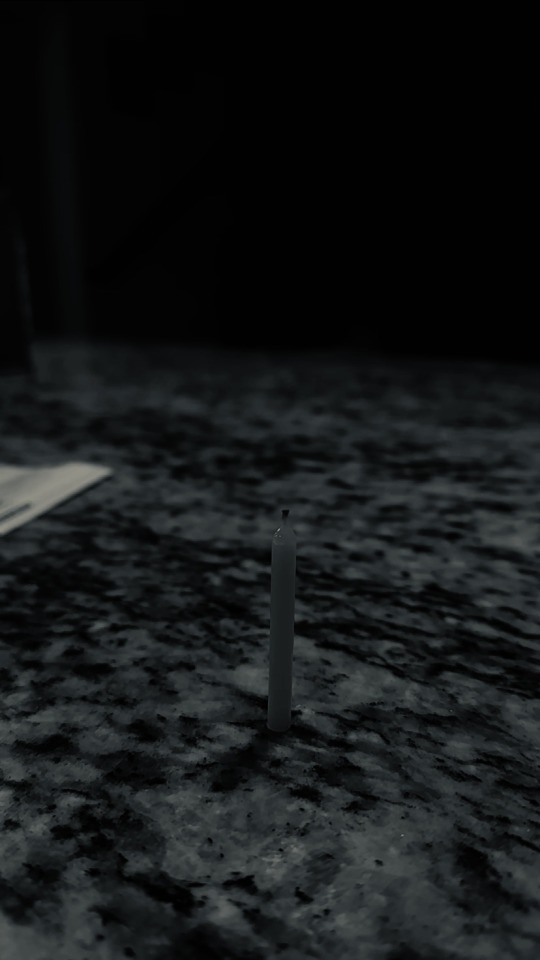
0 notes
Text
Reading Response #4
The readings inform about performance art. Performance flourished through reconstruction through scripts, photographs, etc. Due to such rise of the use of performance, it is much as art. The first reading goes over how performance art gets used for political statements. When WWII happened, it sparked a change in performance and art, and how it can be utilized. The idea of performance art was a hard concept to acknowledge at first for awhile. Fast forward to the present and this form has advance in "a way of animating the many formal and conceptual ideas on which the making of art is based". The second reading defines performance art as a form of arts practice that involves a person or persons doing an action or more within a certain time frame in a certain space or location for an audience. It is the body and it's key components are time, space, and the relationship between the performer and audience.
The main point of the first reading is that performance has been around longer than we think. And though it has been around through dance, politics, etc. it is still a challenge to art critics and the public as it questions the basic foundations of how art is evaluated. But it is very accepted now today. Performance is complex but simple. The form must involve the body. Whether that body is defined as a human being or certain part of the human body or even an object. The action the body does is the art and the relationship with the audience also makes it art. It breaks a wall from just looking at a painting or video but being immersed into the art.
I learned that performance art suggests a level of playfulness or satire. There is no boundary and it doesn't have to be political and it wasn't political in the first place. I can imagine this change of understanding of art by embracing the flow in art and history in art. As I think about this project, the theme is about traditions and though that is something that can be sentimental it can also be joyful and playful.
I didn't quite understand the part of Futurists, Constructivists, Dadaists, and Surrealists part. But from what I understand is that these types of people were artists. How could revolutionary art be politically influenced to the public?
Three artworks that I found interesting are the "Reading Position for Second Degree Burn", "I Miss You!" by Franko B., and "Rest Energy" by Marina Abramovic. I feel these pieces were interesting because it's bare and simple.
These readings are being theoretical through it's cliff-hanging, loose description, and broad performance. I think that readings suggest that performance art is much different than a historic painting. It opens a discussion of endless perceptions. It could be simple or it could be so complex and deep.



2 notes
·
View notes
Text
Artist Statement:
She runs in the field with a beautiful long dress. How exciting and magical it is. Nature compliments her, for she is the main focus. The sacred feminine energy is nurturing, soft, grounded with strong boundaries, and trusting of her intuition. This super-cut video is to romanticize this energy of softness and simplicity being a woman. Each clip is a woman running in nature and captures the innocence and pureness being a woman at heart. Through this innocence and purity is symbolism of growth. From the movie Mulan, "the flower that blooms in adversity is the most rare and beautiful of all". The overlay of the flower blooming represents the rarity and wholesomeness.
Feminine Energy (Supercut Video)
youtube
1 note
·
View note
Text
Experiment #3
youtube
Mixed Cody Fry's song, I Hear a Symphony, with the movie: The Wind Rises, along with the actual story inspired and based upon. Jiro Horikoshi was a well known engineer during the WWII. He revolutionized planes and engineering. The background is footage of the planes Horikoshi made.
I truly love this movie; how it being about passion and love. Really sweet.
Together these clips also reveal the difficulties in that time. The race to advance technology and engineering. As well as the life they were able to obtain and have. Love is luxury and is the best to have.
1 note
·
View note
Text
Reading Response #3
The reading of Sean Cubitt’s chapter on “Vanishing and Becoming” depicted the evolution of projection and the use of light and shadows. Cubitt talks about how everything put in performance whether it be cinema, theater, or even the simplicity of caveman drawings, there’s representation. There is absence and there is presence. Cubitt also goes into the use of multiple screens, how it is making the art piece a more in-depth lesson. Perhaps projection is more about mortality and living longer or forever. Projection art can’t be erased according to Cubitt. Instead of vanishing, they are becoming.
Lea Collet’s article about the introduction of video art informs the developments artists and cinema put together. Collet gives examples of timeless artists that tap into video art and their approach to this new form of art. Video art creates a deeper and immersive experience of politics, society, environment, etc. Through this form, artists communicate through motion and light. Video art becomes more than a singular screen but taken further to many, and intimate by involving other technologies like headphones or a pit full of plastic balls to lay in. Collet puts it better and says, “We are living in an environment of surfaces and screens, Video artists’ presentations are no longer confined to a single screen, and ideas about the medium itself have led artists to engage with technology, virtual reality, and architecture”.





Bruce Nauman, Rachel Rose, Refik Anadol, Bill Viola, & David Ariew
0 notes
Text
Artist Statement:
Something about nature itself is art. When the seasons change, there is something about the weather changing that makes all of us feel some sort of way. A feeling of movement. A feeling ready for change and for the new things that are about to come. When summer turns into fall, the temperature changes and it gets everyone in the mood for festivities and to stay safe. When winter melts away and spring arrives to warm the earth, it gets everyone to be more outdoors, and lively. These art pieces are inspired by the change of weather. As summer is coming to an end, fall is moving in. These types of flowers are just some that bloom during this time.










Fall Flowers
1 note
·
View note
Text

Experiment #2
A clip from Avatar The Last Airbender series. Aang reacting to Katara's temporary necklace that he woven.
1 note
·
View note
Text
10 GIFs


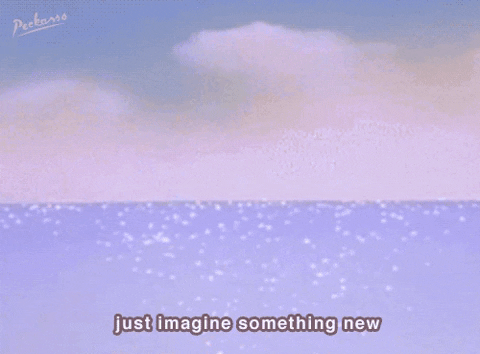
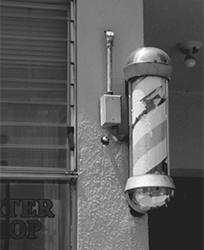




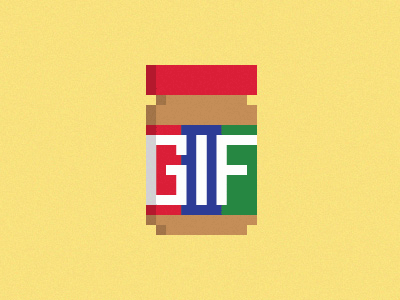
(I will put down why I like this when I get the time) lol
The links about digital art and more specifically about gifs and memes all relate to technology becoming art. Internet art has become an archive and visual storage of what people make, capture, and share. The use of internet art has evolved our way of communication and the way of art as well. It's so much more chaotic and weird. Gifs make art come to life for a couple secs. And represent an individual's emotions or thoughts. Art before could only visualize it but now it is in motion.
The first gif that I liked was the lady saying "ain't nobody got time for that" and it's because that phrase is so relatable because patience is a hard skill to have nowadays.
The second gif that I liked was from twitter that was mentioned in one of the links and I picked it because that short gif is representation of what it looks like when you stare too long in the sun and you start seeing spots. It's a bit nostalgic and again relatable.
The third gif was from the same link to a person's twitter and I liked it because it was aesthetic and very y2k.
The fourth and fifth gifs that I liked were from the barber series that I thought was very touching and sentimental. The representation and the meaning of the gifs along with the whole site was inspirational.
The sixth gif is the twitter account that was mentioned and their name is peekasso. I thought that was a funny pun name and I loved that they used the supreme logo along with various art in the background .
The seventh, eighth, and ninth gifs are from one of the links about gifs and the whole starting motion of internet art. I liked the super mario bros clouds because even though it is so simple, this game is a classic and you can easily identify this game. The next gif I liked is a weird green alien dude and I just thought he looked derpy and cute. The ninth gif is a peanut butter jar that has the word gif on it. I liked it because it's a peanut butter jar and the rotation of the jar is very smooth.
The last gif that I liked was the skeletons dancing and I liked it because as Halloween is coming up, this is the gif I'd use to let my friends know that Halloween is coming up and how excited I am for it.
0 notes
Text
Reading Response #2
The journal article, “In Defense of the Poor Image” by Hito Steyerl, is about purposefully-poor images or images that are made with the intention of them looking degraded. The intentions of making ugly digital aesthetics may be used as a strategy. When encountering an image on the internet, it is processed through an image viewing software and compressed through algorithms. In this transitional process, the image loses its resolution and context. Compared to beautiful, richer images with higher resolutions, those images are used to entertain and sponsor as well as entice us to consume. The article goes over six issues about poor images which are low resolution, resurrection, privatization and piracy, imperfect cinema, global networks, and warped reality.
The main point of the reading is about images warping our realities and have become an obsession to our society about what is better and what isn’t.
Not so much that I learned but was more aware of that poor image is the afterlife of former masterpieces of cinema and video art. They lose their quality, format, speed, credits, etc. I can imagine this changing my understanding of art and influencing my art making process by being more conscious of the resolution and its transitional process to being downloaded to file, to google drive, and then posted on Instagram. Makes me realize that my art isn’t bad but because of the algorithm. That I can make use of the poor image in some way to also speak and represent the obsession of perfect artwork online versus everyone else on social media that isn’t famous that posts but has its image deteriorated but the art or image having a bigger representation.
I didn’t quite understand the visual bonds. Or what Hito Steyerl meant by capitalist media. Steyerl says, “the circulation of poor images feeds into both capitalist media assembly lines and alternative audiovisual economies. In addition to a lot of confusion and stupefaction, it also possibly creates disruptive movements of thought and affect. The circulation of poor images thus initiates another chapter in the historical genealogy of nonconformist information”. How do poor images confuse and make a viewer unable to react?
I like the film frames from Stan Brakhage’s Existence is Song because although you can’t make out what is the actual frames, the colors look so organic and colorful. Its colors still represent life which could relate back to the title.
The next example of art that I like is the Samsung TV photo. To me it’s funny and unrealistic but that’s what makes it so entertaining and amusing.
The last artwork that I like is Chris Marker’s virtual home. Reminds me of the old days when gaming and how it was like gaming in the early 2000s. It’s nostalgic and that’s why I like it.
This reading about poor images is theoretical through its influence on us people. It shows through our reaction and our thoughts and feelings. They are most likely speculating that poor images intentionally represent something that isn’t pleasurable but amusing.
0 notes
Text







Hmong American Girl
This series is a timeline of fashion with the use of skirts. There are Hmong skirts that derive from Laos, and they have changed over the years. There are skirts made in America that are worn in today’s society.
I am Hmong American. That means that I am an Asian descendant born in America. I made this artwork to show the life of a Hmong American girl. How fashion has impacted me, and how society has influenced me. I was motivated by our Hmong traditions becoming sparse due to American culture being prominent to living in the States. After reading Diana Taylor’s “Acts of Transfer,” I was inspired by the influence of archives and repertoires. How cultural traditions are passed through generations and are given in numerous ways. But sometimes, things die and are forgotten with no trace. So, I gathered the traditional skirts I was given by my grandmothers and the skirts that are worn now today in America. After taking the photographs, I used my art program, Clip Studio Paint, and isolated the skirts. I add a drawing of a girl that has her hair changes in each piece to symbolize the influence on society. Through this process, it relates to my concepts by creating an image of what influences a Hmong American girl to wear.
0 notes
Text
Time and Archive Reading Assignment


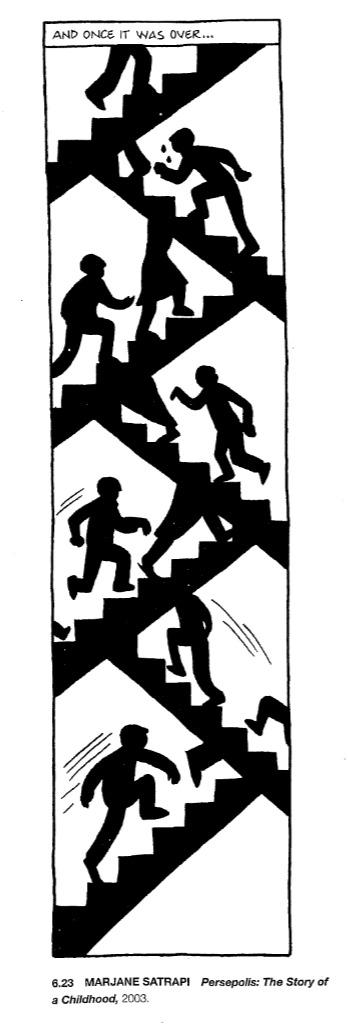
Time and Archive Reading Assignment
1. The reading from Barrett Times is about time and motion regarding in art. Throughout the reading, the book explains how art has progressed to using time through motion and defines the kind of art that uses time. They mention about actual time being the duration of the real-time event, recorded time is the duration, tempo, scope, and sequence captured in media such as film, and implied time is the illusion of time. The reading goes in depth and uses examples of artists and pieces that has made time and motion significant in the art world.
The reading from The Archive and the Repertoire is about the Western Archives and how cultures were not documented but they stored their information through performance. In a big world, you can only save so much knowledge but it won't be enough. There were repercussions in the Americas that caused information to be lost and undocumented. The reading talks about the cultures and anthropologists studying and understanding how the information of cultures have been kept for so long.
2. The main point of the reading is that time and motion through art has made the audience part of the piece and interactive. Besides looking at a painting or pottery art, the audience and artists are experiencing art. The artists choose how to work the narrative, to sequence it with their choice of pace, and how large of the event will be.
The main point for the archive and repertoire is that art are both archives and repertoires. Through paintings we understand what people back then were thinking and were like. Through sketchbooks we can learn how to draw and what the artists were thinking and their making process. Through performance, we can also learn how the culture is like.
3. I learned that the depiction of time in images is not limited to lens-based media but that historical paintings imply chronology as well as other illustrations. When you think of motion and time, you think of film. But through the composition, motion is implied. For example Marjane Satrapi's piece called Persepolis: The Story of a Childhood, it's an illustration book and one part there are people running up the stairs. Through this change of understanding, I feel that this influences my art making process by the designs and space I create. Being more intentional with how I want the viewers to look at my piece. From top to bottom or the corner and across diagonal.
4. I thought The Archive and Repertoire reading by Diana Taylor was interesting and also challenging to understand. The reading itself is about the archives that we know are documents, literary texts, videos, bones, etc. But those that were lost and not recorded were repertoire of embodied practices such as spoken language, dance, sports, and ritual. Is the archive and repertoire the only way of obtaining knowledge?
5. Most of the artworks shown in the time and motion reading were most interesting to me. The Fireworks over Central Beijing for the closing ceremony of the 2008 Olympic Games was one of the artworks I liked. Despite it being black and white, I think the live performance of fireworks are always so amazing and captivating to watch. It is grand and bright, a perfect way to end the Olympics.
Bridget Riley's piece called the Cataract 3 made in 1967. I like this artwork because of how the lines imply motion. It's trippy and the illusion with the small and big lines make it seem abstract.
The last piece I like is what I mentioned earlier by Marjane Satrapi, Persepolis: The Story of a Childhood. 2-D design is so interesting and even though we have advance technology to make motion pictures, I love the old fashion flat designs of motion. It is so simple but it can be powerful still.
6. These readings are being theoretical of the change in art. How it is no longer just about art and the audience being separate but together. Historical paintings were about certain people commissioned. Sculpting was too. But now that there is technology and people all of the globe has access to it, art is no longer just for certain people. Along with the meaning. It holds so much more value that it includes everybody.
1 note
·
View note











